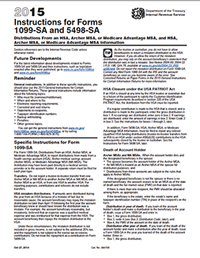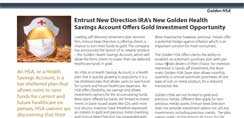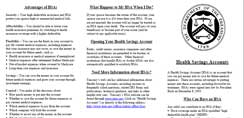Self-Directed HSA
Health Savings Accounts (HSA)
Learn about Self-Directed HSA Benefits
|
HSAs offer consumers a way to have more control over their healthcare choices and costs!
|
|
Calendar Year 2019
The annual contribution limits for the calendar year 2019, the annual limitation on deductions under § 223(b)(2)(A) for an individual with self-only coverage under a high deductible health plan is $3,500. For calendar year 2019, the annual limitation on deductions under § 223(b)(2)(B) for an individual with family coverage under a high deductible health plan is $7,000. |
Health Savings Accounts (HSA)A Health Savings Account (HSA) is a tax advantaged savings account for current and/or future medical expenses. In 2004, Congress created the HSA as a tool to address the continually growing cost of healthcare and increase the efficiency of the healthcare system. Coupled with a high-deductible health plan, HSAs offer consumers a way to have more control over their healthcare choices and costs while simultaneously saving for future health expenses. An HSA is an individual account that is controlled by the account holder. Primary tax advantages are that the HSA holder can:
|
|
What Is A High Deductible Health Plan (HDHP)?A High Deductible Health Plan (HDHP) is health insurance that has lower premiums but a higher deductible. An HDHP pays for catastrophic medical expenses and qualifies consumers to set aside tax-free funds in an HSA. HDHPs are an alternative to the plans offered by HMOs and PPOs that feature low deductibles but charge high premiums. |

|

|
Bill Humphrey, CEO of New Direction Trust Company |
|
HSA Investment Rules and Options Live Chat with A Self-Directed IRA Specialist |



